What is AWS Migration Services?
- Nitin Yadav
- Knowledge
About
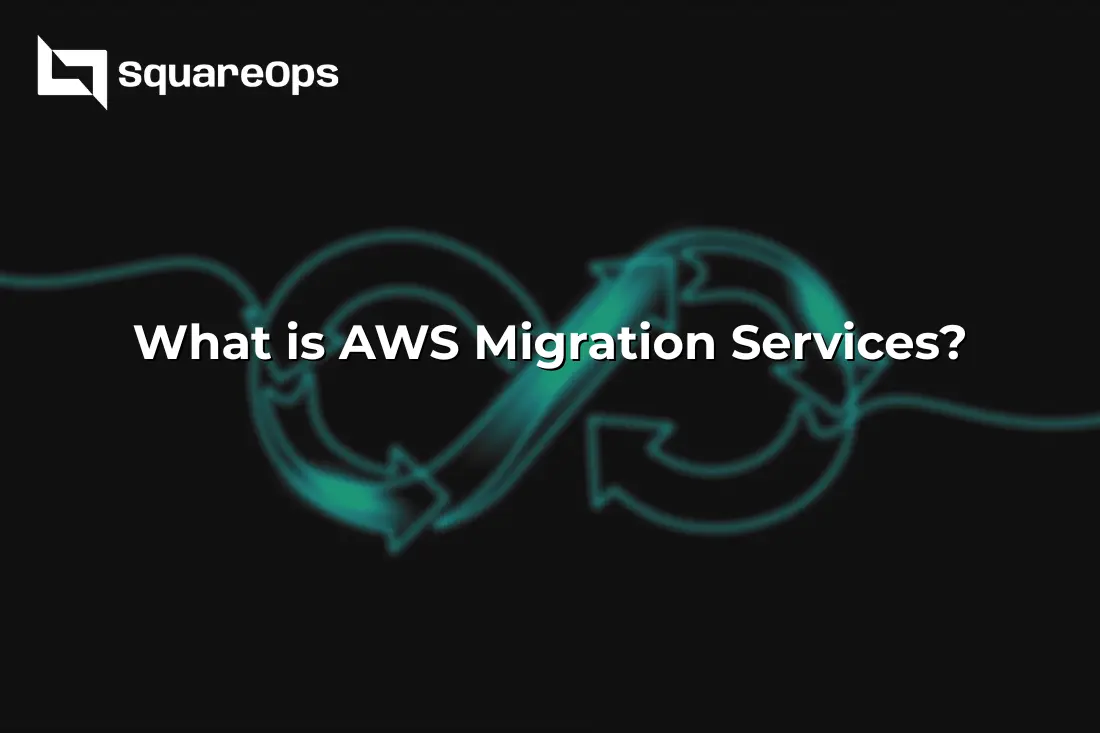
Learn what AWS Migration Services are, key tools like MGN & DMS, migration types, and how to plan a secure, efficient cloud move for your business in 2025.
Industries
- AWS, AWS Azure, AWS Best Practices, AWS Migration Services, Cloud Security, DevOps, Kubernetes, Terraform
Share Via
As businesses scale and evolve in today’s digital-first environment, cloud migration has become a critical strategic move. Companies are increasingly moving from traditional on-premises infrastructure to cloud environments that offer greater agility, cost-efficiency, and innovation.
Among the leading cloud providers, Amazon Web Services (AWS) stands out as a preferred choice due to its global infrastructure, comprehensive service portfolio, and mature ecosystem. But migrating applications, data, and workloads to AWS requires planning, tools, and expertise. That’s where AWS Migration Services come into play.
In this comprehensive guide, we’ll unpack what AWS Migration Services are, the tools available, types of migrations they support, use cases, challenges, and how to successfully execute a migration strategy
What is AWS Migration Services?
AWS Migration Services refers to a suite of tools, services, and frameworks provided by Amazon Web Services to help businesses migrate their workloads to the AWS cloud. These services support migration of applications, databases, virtual machines, physical servers, storage, and even large datasets, either in real-time or in batch mode.
The primary goal of AWS Migration Services is to simplify and automate the complex migration process, reduce downtime, minimize risks, and provide visibility and control throughout the entire migration lifecycle.
Whether you are rehosting (lift-and-shift), replatforming, or refactoring your applications, AWS offers specific services tailored to each type of migration strategy.
Core AWS Migration Tools & Services
Let’s break down the most essential AWS services used for cloud migration:
1. AWS Application Migration Service (MGN)
This is AWS’s flagship rehosting tool. MGN enables you to move physical, virtual, or cloud-based servers to AWS without needing to make changes to your source applications.
- Continuous block-level replication
- Automated testing
- Minimal downtime cutover
2. AWS Database Migration Service (DMS)
DMS helps you migrate databases from on-premises, other clouds, or between AWS regions.
- Supports homogeneous (e.g., Oracle to Oracle) and heterogeneous (e.g., SQL Server to Aurora) migrations
- Near-zero downtime
- Supports ongoing data replication
3. AWS Migration Hub
A centralized platform to track and manage the status of application migrations across AWS and partner tools.
- Visual dashboard for migration tracking
- Integrates with tools like MGN and DMS
4. AWS Server Migration Service (SMS) (Legacy)
Used to automate incremental replication of live server volumes.
- Now replaced by MGN
5. AWS Snow Family
For large-scale offline data transfers, especially where network bandwidth is limited.
- AWS Snowcone, Snowball, and Snowmobile
- Secure physical devices used to transfer terabytes to exabytes of data
6. CloudEndure (Now AWS MGN)
Acquired by AWS to provide real-time, continuous replication of workloads for disaster recovery and migration.
Types of Migrations Supported
Every organization has unique needs. AWS Migration Services support a range of migration strategies:
1. Rehosting (Lift-and-Shift)
Move applications to the cloud with minimal changes.
- Ideal for rapid cloud adoption
- AWS MGN is the preferred tool
2. Replatforming (Lift-Tinker-and-Shift)
Move to AWS while making some optimization (e.g., moving a database to RDS).
- Minimal code changes
- Improves performance/cost without full refactoring
3. Refactoring/Re-architecting
Rebuild applications to leverage cloud-native features like serverless, containers, or microservices.
- More time-consuming, but high ROI
4. Repurchasing
Drop on-prem solution and shift to SaaS (e.g., moving from legacy CRM to Salesforce)
5. Retiring & Retaining
Identify applications that can be turned off or retained on-prem temporarily
Benefits of AWS Migration Services
1. Reduced Downtime
Tools like AWS MGN and DMS offer continuous replication and rapid cutover to minimize service interruption.
2. Automation
AWS automates many aspects of the migration lifecycle: replication, testing, orchestration, and rollback.
3. Cost Savings
By rightsizing instances and shifting to consumption-based pricing, businesses save up to 30-50% compared to legacy systems.
4. Enhanced Security & Compliance
Migration tools integrate with IAM, encryption, and compliance frameworks like HIPAA, SOC2, and ISO 27001.
5. Scalability
Migrate and scale workloads globally using AWS’s global infrastructure across 100+ availability zones.
6. Visibility & Control
AWS Migration Hub and Cost Explorer provide transparency into migration progress and financial impact.
Step-by-Step: How to Migrate Using AWS
1. Pre-Migration Assessment
- Define business goals and scope
- Inventory existing workloads
- Conduct a Total Cost of Ownership (TCO) analysis
- Use AWS Migration Readiness Assessment (MRA)
2. Discovery and Planning
- Use AWS Application Discovery Service to analyze dependencies
- Segment applications by criticality and migration strategy
- Choose between rehost, replatform, refactor
3. Selecting Tools
- AWS MGN for server rehosting
- AWS DMS for database migration
- AWS Migration Hub to manage everything centrally
4. Pilot Migration
- Test a small, non-critical workload
- Measure performance and identify gaps
5. Full-Scale Migration
- Schedule phased cutovers
- Monitor using CloudWatch and AWS X-Ray
- Set up rollback plans
6. Optimization & Cost Monitoring
- Use AWS Trusted Advisor
- Right-size EC2 instances
- Implement auto-scaling and Reserved Instances
Common Challenges and Solutions
1. Data Loss or Corruption
Solution: Use AWS DMS with validation checks. Always test migrations in staging.
2. Application Downtime
Solution: Implement blue-green or canary deployments. Use replication-based tools.
3. Security Gaps
Solution: Encrypt data in transit and at rest. Use IAM, KMS, and Security Hub.
4. Compatibility Issues
Solution: Use AWS Schema Conversion Tool (SCT) for database refactoring.
5. Skill Gaps
Solution: Engage AWS Partners or MSPs. Leverage AWS Training and Certification.
Integration With Other AWS Services
- CloudWatch: Real-time monitoring
- IAM: Fine-grained access control
- Config: Compliance auditing
- Cost Explorer: Financial visibility
- Security Hub: Centralized security posture
- Control Tower: Governance for multi-account environments
Case Studies
1. FINTECH CO.
Migrated 200+ servers using AWS MGN and reduced infrastructure costs by 40%. Migration completed in 6 weeks with zero data loss.
2. E-COMMERCE BRAND
Used DMS to move 20TB of customer data from on-prem to Amazon Aurora. Real-time replication ensured no downtime during cutover.
3. HEALTHCARE PROVIDER
Migrated sensitive workloads using AWS Snowball Edge due to limited internet bandwidth. Achieved HIPAA compliance post-migration.
Choosing the Right AWS Migration Partner
When internal teams lack experience, a certified AWS Migration Partner or MSP (Managed Service Provider) can ensure smoother execution.
Key Criteria:
- AWS Advanced or Premier Tier status
- Certified Solutions Architects on staff
- Experience with similar-sized workloads
- Integration with DevOps, security, and compliance
Conclusion
AWS Migration Services provide a robust, flexible, and automated pathway for businesses transitioning to the cloud. From rehosting legacy applications to refactoring for cloud-native architectures, AWS offers the tools and support needed at every stage of the journey.
When done right, cloud migration isn’t just a technology upgrade — it’s a strategic enabler of agility, innovation, and long-term cost efficiency.
Ready to kickstart your AWS migration journey? Leverage AWS Migration Services and accelerate your move to the cloud with confidence.
Frequently asked questions
AWS Migration Services are a set of tools and solutions offered by Amazon Web Services to help businesses move their applications, data, and infrastructure to the AWS cloud.
AWS offers scalability, high availability, cost-efficiency, security, and access to advanced services like AI, ML, and analytics—making it an ideal platform for digital transformation
MGN is a service that enables lift-and-shift migrations by replicating servers from physical or virtual environments to AWS with minimal downtime.
AWS DMS allows you to migrate databases to AWS quickly and securely, supporting homogeneous and heterogeneous database transfers with minimal downtime
AWS Server Migration Service (SMS) is a legacy tool for VM migration, while MGN is the recommended modern tool for automated, continuous server replication to AWS.
Yes. AWS offers scalable options that cater to startups, SMBs, and enterprises. Small businesses can migrate workloads gradually with minimal upfront investment.
Common steps include assessment, discovery, strategy planning, choosing migration tools, testing, execution, and optimization
Using tools like AWS MGN and DMS, businesses can significantly reduce or eliminate downtime during migration
Many AWS Migration Services (like MGN and DMS) are free to use, but AWS charges for the resources used during migration (compute, storage, data transfer).
By conducting a thorough assessment, involving all stakeholders, using the right tools, and working with certified AWS migration partners, you can ensure a smooth and secure migration.
Related Posts
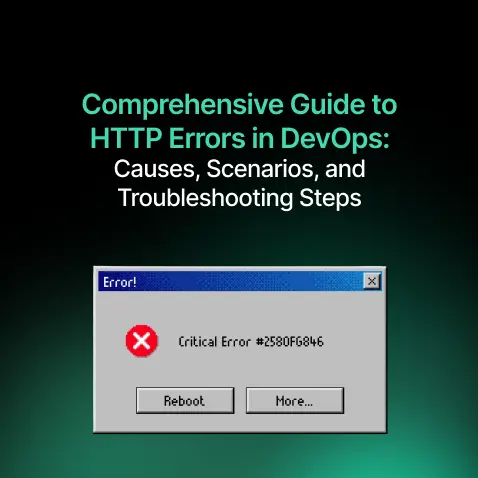
Comprehensive Guide to HTTP Errors in DevOps: Causes, Scenarios, and Troubleshooting Steps
- Blog
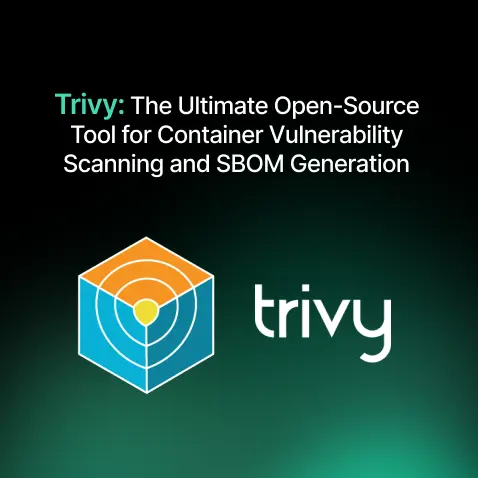
Trivy: The Ultimate Open-Source Tool for Container Vulnerability Scanning and SBOM Generation
- Blog
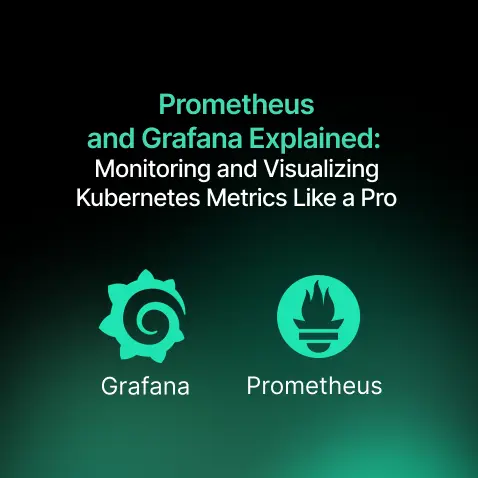
Prometheus and Grafana Explained: Monitoring and Visualizing Kubernetes Metrics Like a Pro
- Blog
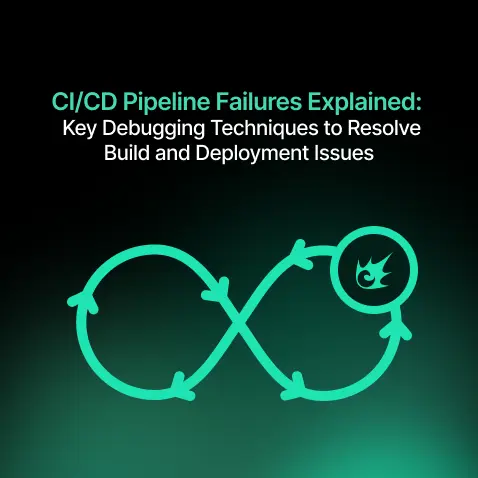
CI/CD Pipeline Failures Explained: Key Debugging Techniques to Resolve Build and Deployment Issues
- Blog

DevSecOps in Action: A Complete Guide to Secure CI/CD Workflows
- Blog

AWS WAF Explained: Protect Your APIs with Smart Rate Limiting
- Blog

